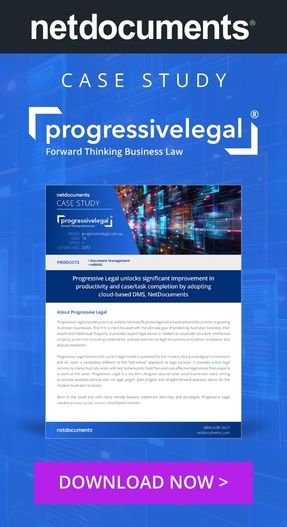
Digital Data Privacy: A Legal Take
"Data is the new oil of the 21st century"- Clive Humby, Data Science Entrepreneur.
Enterprises heavily rely on data to make critical business decisions that contribute to the growth and profitable activities. They need to have a deep understanding of the valuable asset, and have the responsibility to engage with it ethically.
By handling raw big datasets with valuable user information such as usernames, credit card details and addresses, enterprises follow data privacy regulations right from acquiring data to how they intend to use it, maintaining confidentiality, integrity and availability.
As data grows exponentially with every passing day, it becomes imperative to have working data privacy and security policies.
While data privacy and security are both intertwined, there are subtle definitional differences. The former focuses on the use and governance of personal data, and the latter ensures that personal data is accurate, reliable, and available to only authorised parties.
Data privacy and legal
American Bar Association (ABA) survey on data privacy, 2021 Cloud Computing (americanbar.org), reveals that 25% of the respondents said their firms had experienced a data breach, and many law firms reported that they are yet to implement basic security measures.
Thomson Reuters' news piece, Practice Innovations: Is data privacy a realistic goal? states that there is a consensus among individuals and enterprises to recognise the values of personal data and the importance of safeguarding it.
Reuters' article further emphasises attorneys’ ethical obligations to employ competent and reasonable measures once the client's data breach exposes the client's confidentiality. The ABA's model rules of professional conduct is the go-to book for ethics in such instances.
While rule-based data and ethical conduct are laid out, attorneys' technical incompetence, including cybersecurity, poses a challenge.
Digital transformation
Digital transformation has been a buzzword and talk of the industries for the past few years. The industrial transformation from offline to online (to an extent) has happened by embracing technologies such as cloud storage and IoT.
Data on digital transformation reveals that 70% of organisations had either undergone digital transformation or were well on their way, leading the global digital transformation market valuing over $1 trillion by 2025.
Deloitte's digital transformation survey reveals that enterprises registered accelerated progress in multiple profit-related areas by 22% following the digital transformation of processes.
Digital transformation in every industrial process looks promising. The more the processes streamline with the digital transformation, the more profitable the result.
Why digital data privacy transformation
Forbes' article, What Data Privacy Really Needs Now Is A Digital Transformation (forbes.com), reveals that despite digital transformation looking promising, not all industry verticals have been able to gauge it.
Data privacy, which is a pivotal field and supposedly marks the future of technology-based relations, is devoid of major digital transformation. The pressing issue is that the verticals responsible for digital conduct are still stuck with the regressive data practices.
Gap analysis: From data privacy to digital data privacy
Forbes further added that many businesses still associate data privacy regulation with compliance, treating it as a legal matter using old school methods. They fail to consider factors such as user experience, behaviour, and automation, resulting in friction between customers and representatives is inevitable.
Instead of allowing data professionals to take charge to help break the rut and support organisational growth, they are spending expensive resources on manual reporting, verifying and mapping.
As a massive amount of data gets created and is used for various business decisions, the burden for the data compliance team as they locate relevant data from the different databases will increase multifold. Enterprises that use manual solutions would risk possible data breaches and misinformation.
While there is considerable growth in regulation and focus, data privacy treatment is so outdated that it drives innovation away from the field. Embracing technology on all fronts seems a viable solution.
Implementing data privacy tech
Forbes article on digital data tech stated that setting a data privacy goal is the first step to realising that data privacy is not restricted within compliances and impacts the company's smooth workflow and user interaction with the product. Technological tools that can make the process better and more reliable can impact a brand's perception.
As data volumes increase exponentially, organisations will require seamless and trustworthy technology to keep track of customer data. Manual tasks such as excel-based data mapping will allow for automated data mapping.
Forbes recommends a two-step process:
1. Setting an organisational requirement: the need-based scenario needs evaluation, tools assessment, and area of operation.
2. Evaluating the requirements against the available products: booking demos of the data privacy management tools for a trial period. One might look at the following:
- The availability and level of service
- The product functionality and inventiveness
- The price comparison analysis with competitor solution
- The ability to evolve with you and accommodate your needs for an extended period
Our blog on the Corporate Legal Departments: Innovations and Resistance, backed by the Corporate Legal Operations Consortium (CLOC) and associated of Corporate Counsel (ACC), provides insight on the critical operational/technology areas that will see more utilisation, one of which is data management.
The coordination with data science, including AI solutions, plays a pivotal role. In tandem with data professionals, legal departments envisage making manual and mundane tasks automated while keeping the data privacy regulations in check.






